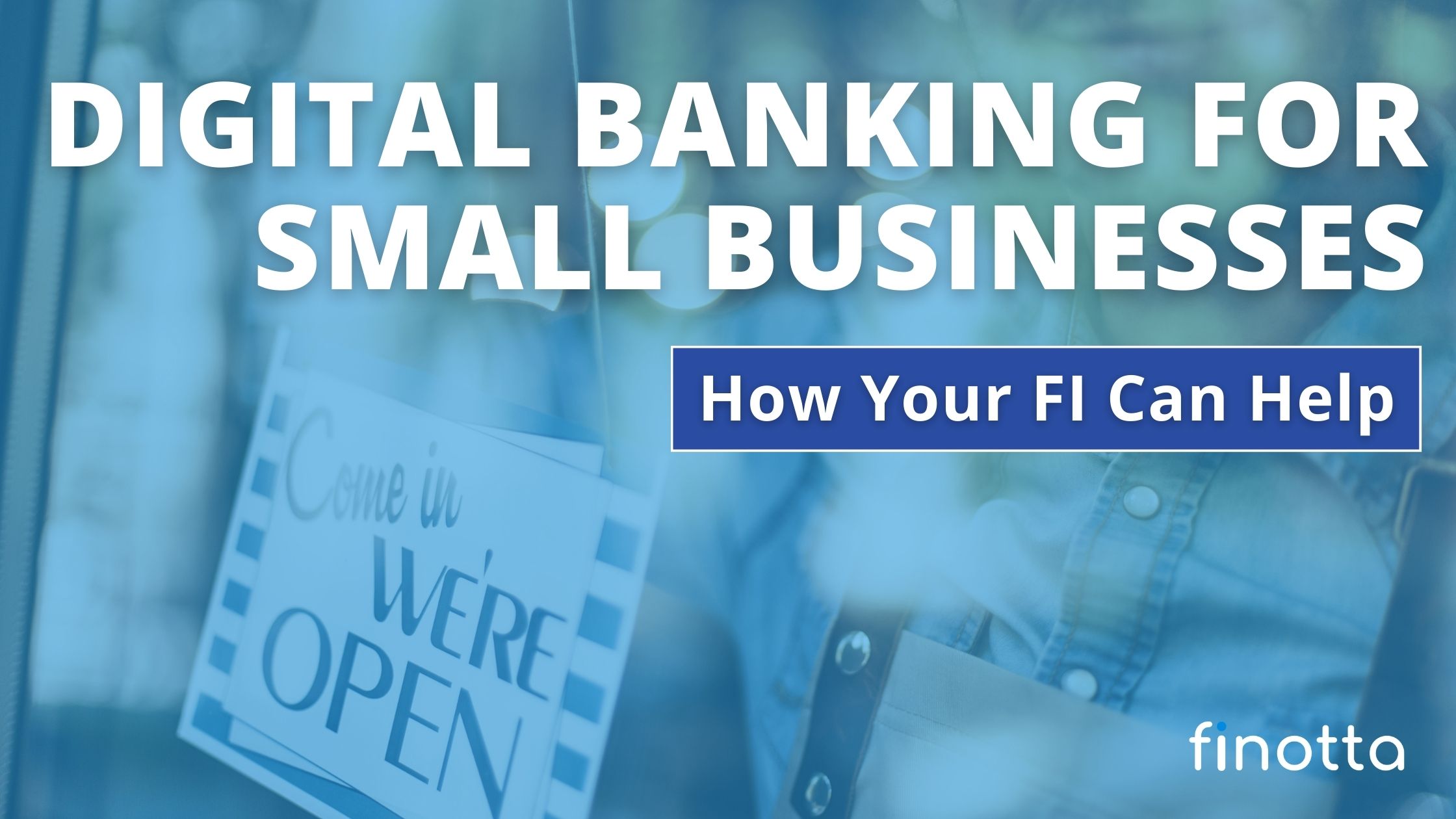Finotta
Oct 23
5 min read

